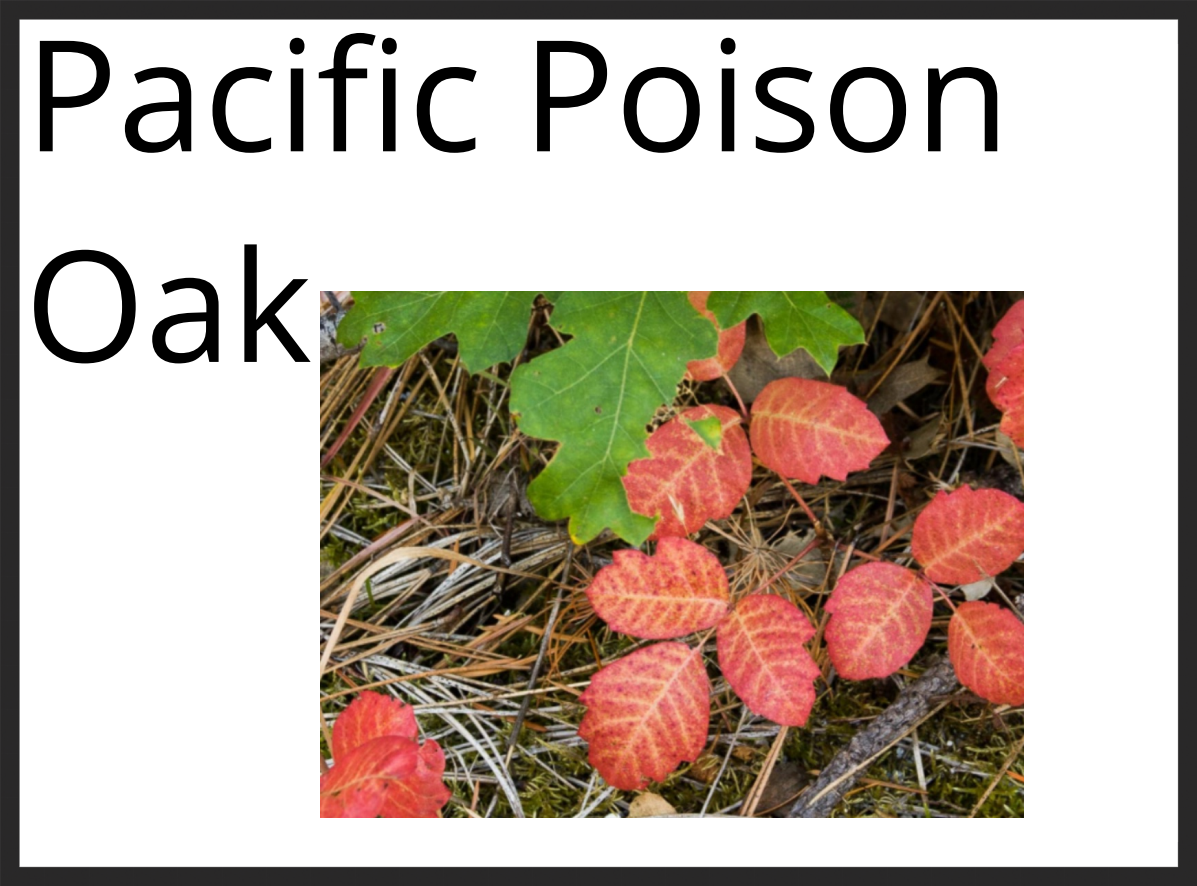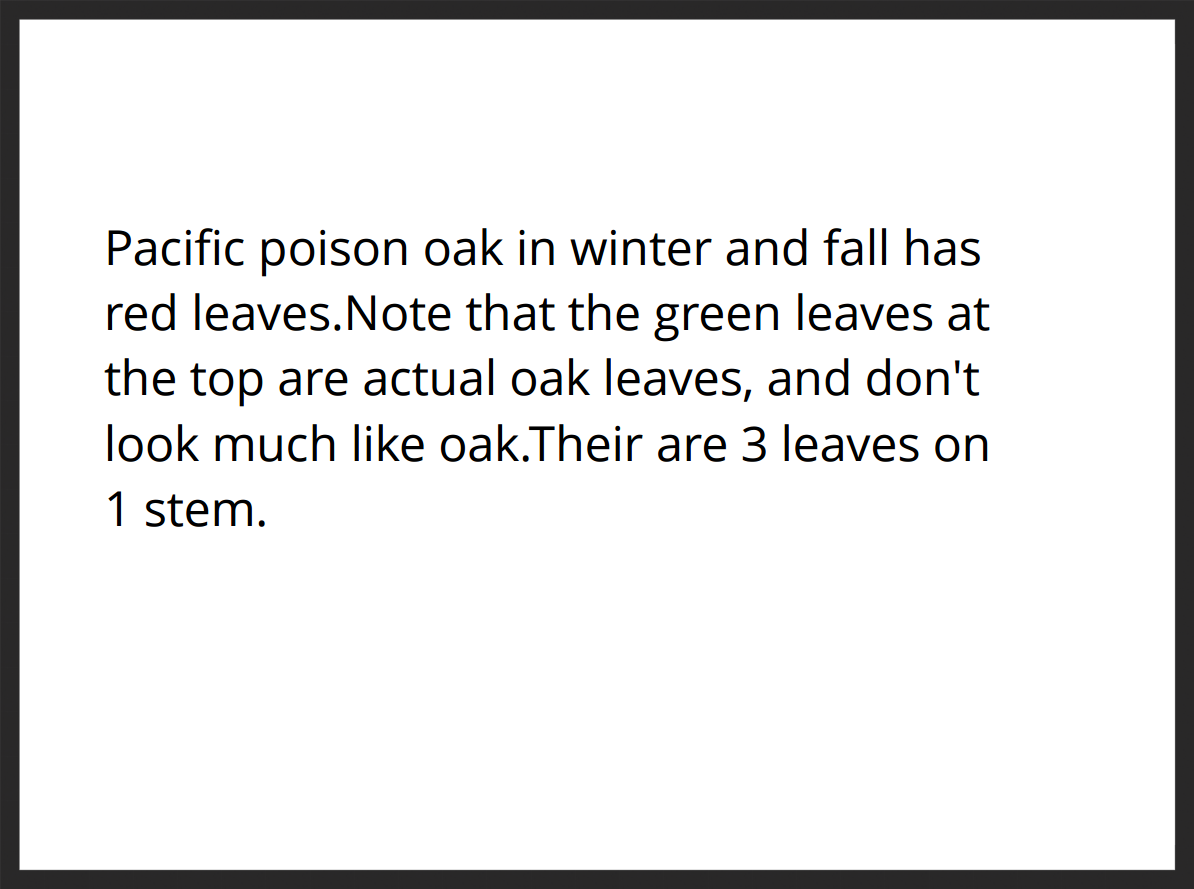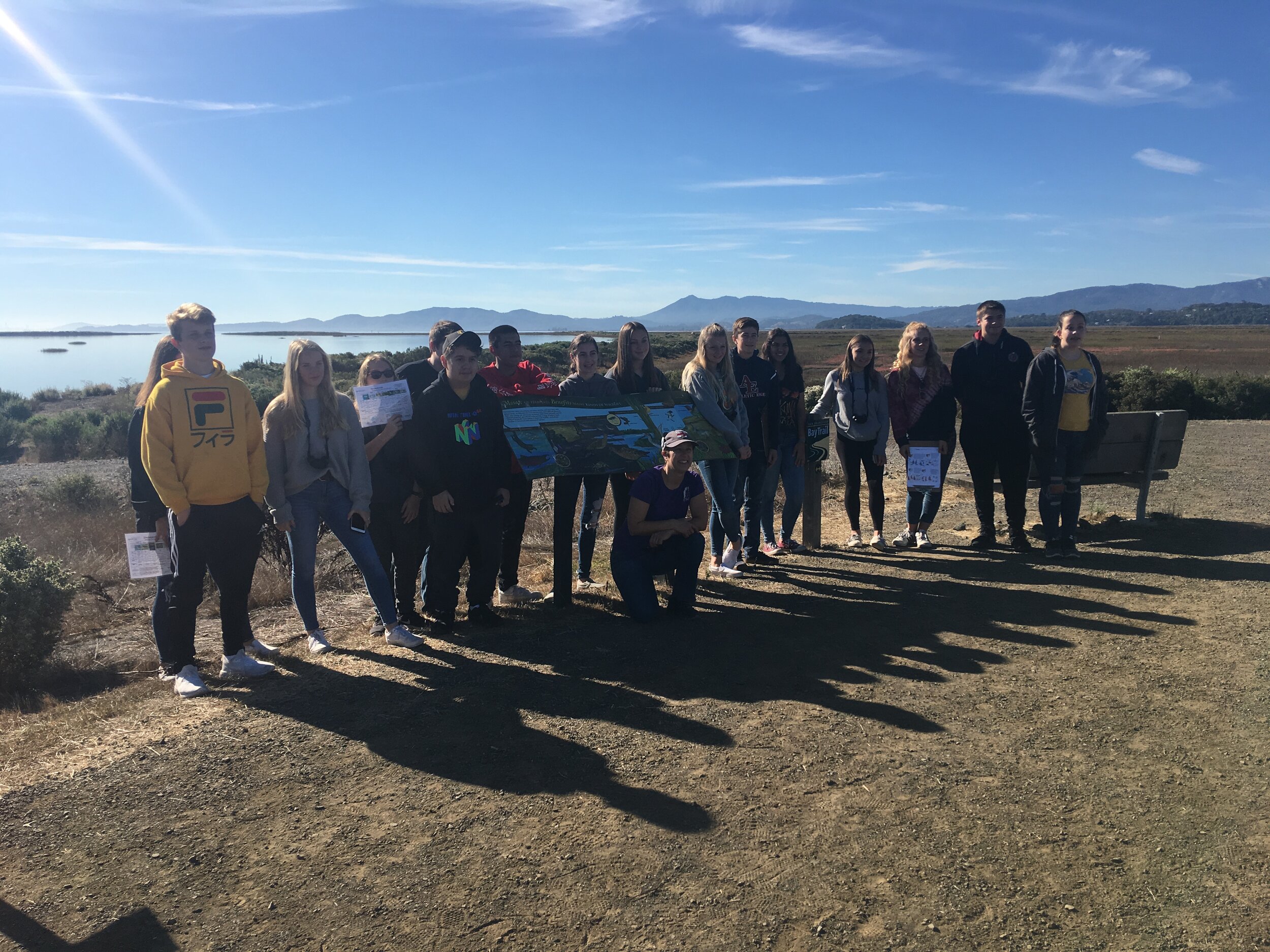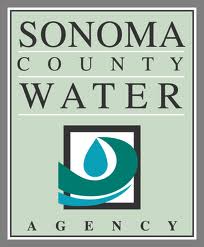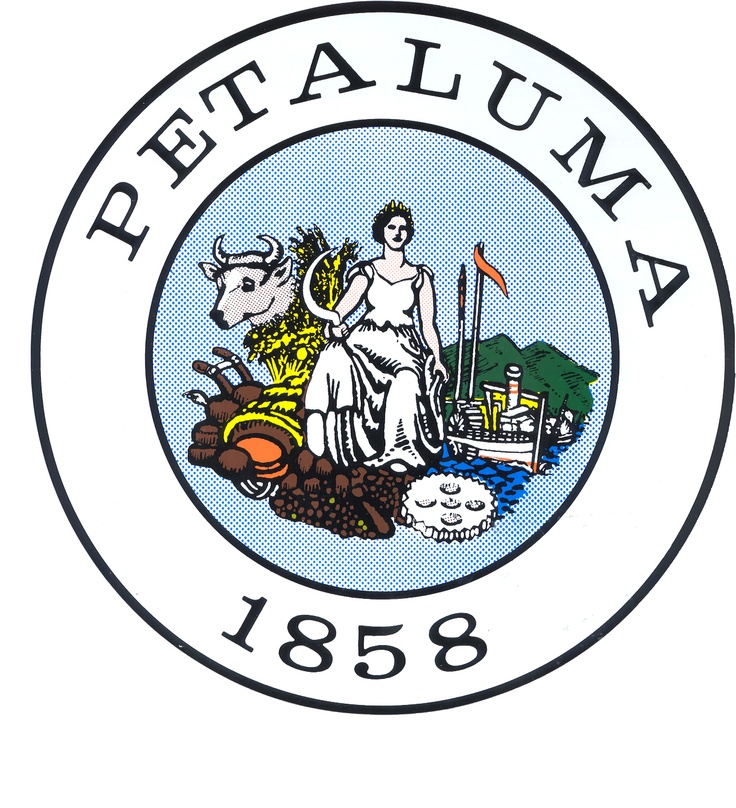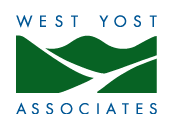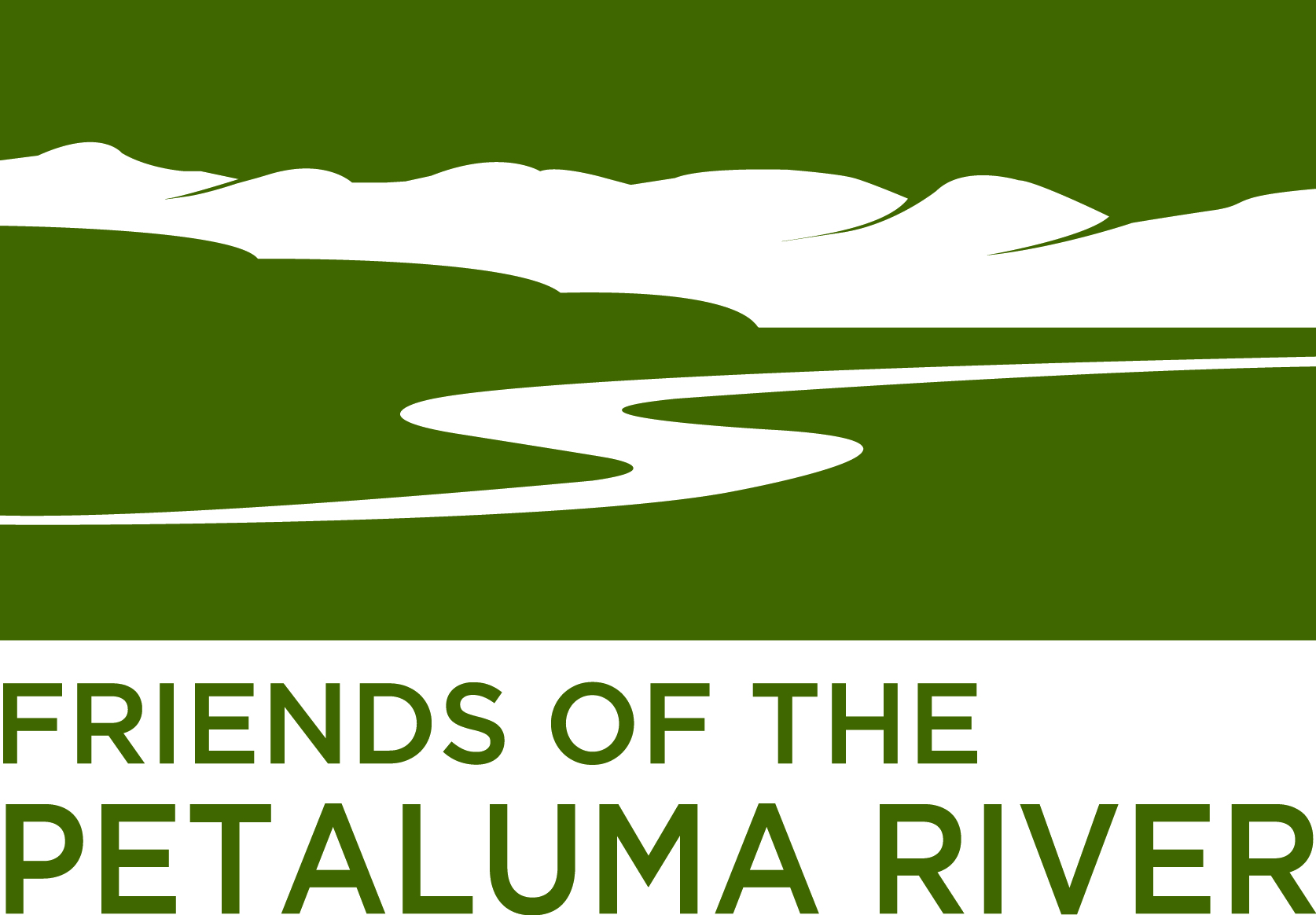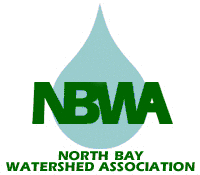Archived Projects
FIRST GRADERS BECOMING STEWARDS OF THEIR WATERSHED
Participating School: Grant Elementary
Lead Teacher: Tami Jimenez
Participating Teachers: Julia Megna
Participating Class: First Graders
Overview: This is an inquiry research project to help children understand their world by starting with learning about their local watershed environment. Students will develop their sense of place, (Geo-Literacy). How can we as good stewards of our local watershed to educate the community about Thompson Creek?
Curriculum Highlights
Key Learning Objectives: Students will develop an understanding of the importance of taking care of the watershed. First Graders become stewards of our local creek and develop sense of place and geoliteracy by learning about the plants and animals thriving near Thompson Creek. Students will observe seasonal changes to Thompson Creek.
Geoliteracy Integration: Students will observe and record what they notice in and around Thompson Creek in Fall, Winter, and Spring. Students will use iPads and create a Field Guide and/ or Story about Thompson Creek that will include plant and animal research. Students will display QR Codes and will curate their own “Tour of Thompson Creek” in our classroom and invite K-2 grade classes to come and visit. In addition to the field guide, students will organize, collect and present data in a bar graph and on a map within their field guide.
Fieldwork Activities
Students will take three seasonal walking field trips to Thompson Creek, our local creek and tributary to Petaluma River. We will gather and compare data on water and the impact of recent weather patterns. Students will locate Petaluma, CA, Thompson Creek, our STRAW field trip location and our watershed on a map.
READ MORE about the Fieldwork Activities in this project.
CA Curriculum Standards Addressed
LS1.A Structure and Function: All organisms have external parts. Different animals use their body parts in different ways to see, hear, grasp objects, protect themselves, move from place to place, and seek, find and take in food, water and air. Plants also have different parts (roots, stems, leaves, flowers, fruits) that help them survive and grow.
LS1.B Growth and Development of Organisms: Adult plants and animals can have young. In many kinds of animals, parents and the offspring themselves engage in behaviors that help the offspring to survive.
READ MORE about the CA Curriculum Standards addressed by this project.
Student Work
The above images are part of a book compiled by first graders about life in our watershed. Click image to see next page.
